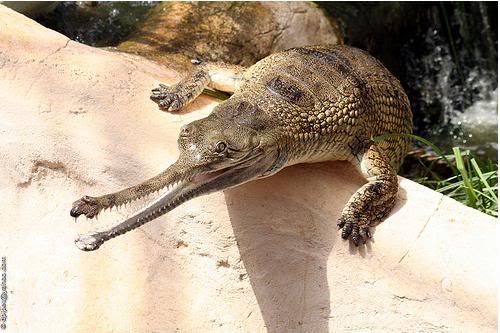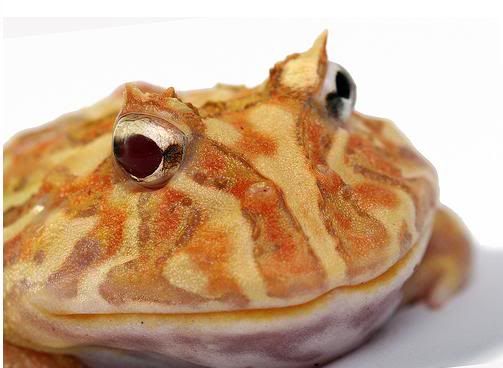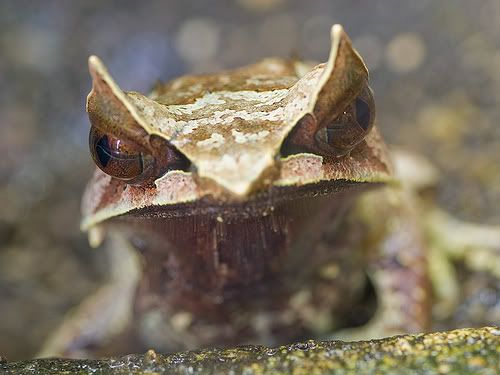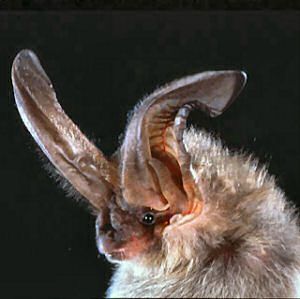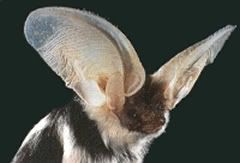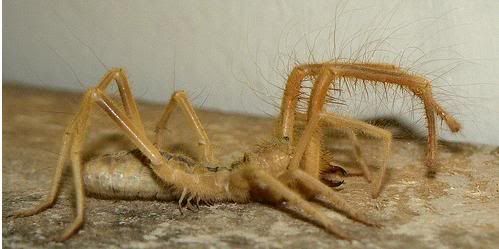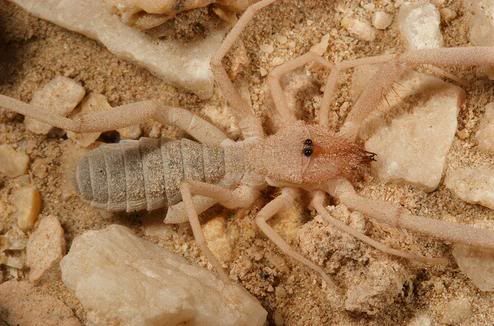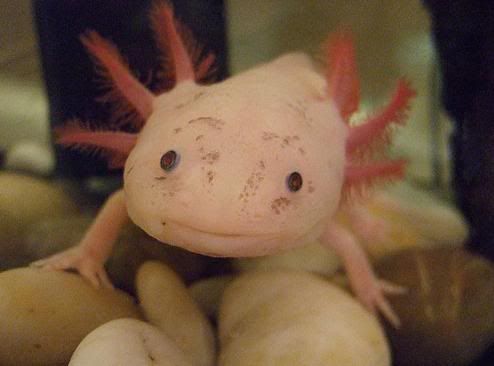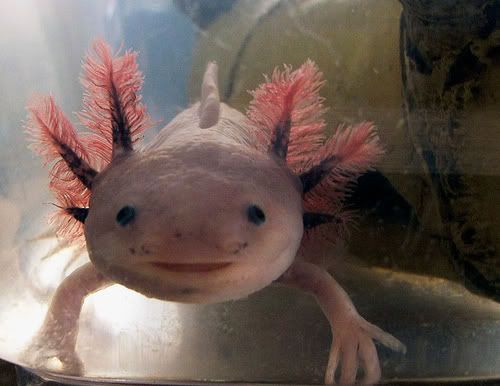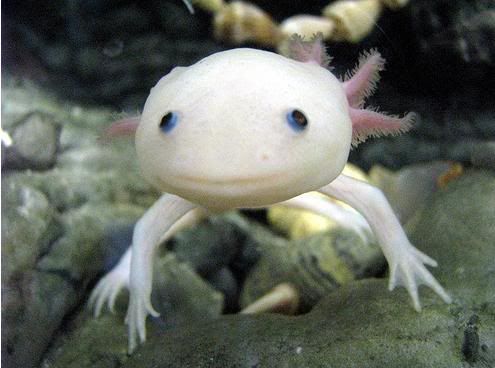TOP FIVE MOST WEIRD ANIMALS
they are easily distinguished from other crocodiles by the long and narrow snout which ends in a bulbous tip. Adult male have a large pot-like cartilaginous mass on the tip of the snout, hence the name GharialAdult dark olive or brownish olive. White or yellowish white below. Young grayish brown with five irregular transverse bands on the body and nine on the tail.
Characteristic elongate, narrow snout, similar only to the false gharial. Variation in snout shape occurs with age. The bulbous growth on the tip of the male's snout is called a 'Ghara' (after the Indian word meaning 'pot'), present in mature individuals. It has several functions attributed to it: a vocal resonator (which produces a loud buzzing noise during vocalisation), a visual stimulus to females, and the production of bubbles associated with sexual behaviour. The elongated jaws are lined with many interlocking, razor-sharp teeth - an adaptation to the diet (predominantly fish in adults). The gharial is one of the largest of all crocodilian species, approaching C. porosus in maximum size - males reach 6 to 7 metres in length. It is poorly equipped for locomotion on land - being able only to push its body forward across the ground ('belly-sliding'), although it can do this with some speed when required. It is, however, very agile in the water - the tail is well-developed and laterally flattened, and the rear feet possess extensive webbing.
TOP 4 MOST WEIRD ANIMAL
"AMAZON HORNED FROGS"
The first thing that stands out about the Amazon horned frog is its size. These rotund amphibians can grow to 8 inches (20 centimeters) in length and would cover a good-size tea saucer. They are found in freshwater marshes and pools throughout the Amazon Basin, from Colombia to Brazil.
Amazon horned frogs achieve their enormous girth by being generally indiscriminate about what they eat. Typical ambush predators, they squeeze their bodies into the forest substrate or leaf litter so only their heads protrude. When anything smaller than their own bodies happens by, they spring from the mud and swallow their prey whole, locking it in their jaws with their sharp teeth.They are aggressively territorial and voracious to fault. Some have been found dead in the wild with the remains of an impossible-to-ingest victim still protruding from their mouths. Their ravenous appetite and huge mouths have earned them and other horned frogs the pet-trade nickname "Pac Man frogs."Females are generally larger than males, but males are more ornately colored, ranging from dark green to lime-colored. Females are usually tan. Scientists are unsure what purpose their namesake horns serve, but it is likely they aid in camouflage, resembling leaf stems in the wild.
TOP 3 MOST WEIRD ANIMAL
"BIG EARED BAT"
They are large predatory bats, the second largest bat species in the neotropics, and feed on fruits, beetles, moths, lizards, small mammals and birds, including opossums, rodents and passerine birds. They can take prey of up to 70 g weight, but usually feed on smaller vertebrates of 10 to 35 g, specially small rodents.
This bat species lives in warm subtropical forests, usually roosting in caves and hollow logs where they, sometimes, bring their preys to eat. Sometimes they can not be found in disturbed forests.
Big-eared Wooly bats fly slowly, partially because of their size, flying at 1 or 2 meters above ground and usually in dense thickets. They give birth to a single young after a gestation period of more than 100 days. Colonies size vary between one to seven individuals, consisting of a male-female adult pair and youngs
TOP 2 MOST WEIRD ANIMAL
"CAMEL SPIDERS"
is a group of arachnids, containing around 900 species. The name derives from Latin, and means those that flee from the sun. The order is also known by the names Solpugida, Solpugides, Solpugae, Galeodea and Mycetophorae. Their common names include camel spider, wind scorpion, and sun spider.
Solifugae are not true spiders, which are from a different order, Araneae. Like scorpions and harvestmen, they belong to a distinct arachnid order.
Most Solifugae inhabit warm and arid habitats, including virtually all deserts in both the Eastern and Western Hemispheres, but some species have been known to live in grassland or forest habitats. The most distinctive feature of Solifugae is their large chelicerae. Each of the two chelicerae are composed of two articles forming a powerful pincer; each article bears a variable number of teeth. Solifugae also have long pedipalps, which function as sense organs similar to insects' antennae and give the appearance of the two extra legs. Pedipalps terminate in eversible adhesive organs.
Solifugae are carnivorous or omnivorous, with most species feeding on termites, darkling beetles, and other small arthropods, although solifugae have been videotaped consuming larger prey such as lizards. Prey is located with the pedipalps and killed and cut into pieces by the chelicerae. The prey is then liquefied and the liquid ingested through the pharynx.
Reproduction can involve direct or indirect sperm transfer; when indirect, the male emits a spermatophore on the ground and then inserts it with his chelicerae in the female's genital pore.
As indicated by their name, Solifugae are mostly nocturnal, and seek shade during the day. It was this behaviour which led coalition soldiers in the 2003 invasion of Iraq to think these arachnids were attacking them. In reality, they were merely moving toward the newly available shade provided by the soldiers' presence. The absence of shade sends them away.
THE MOST WEIRD ANIMAL
"THE AXOLOTL"
is the best-known of the Mexican neotenic mole salamanders belonging to the Tiger Salamander complex. Larvae of this species fail to undergo metamorphosis, so the adults remain aquatic and gilled. The species originates from the lake underlying Mexico City. Axolotls are used extensively in scientific research due to their ability to regenerate most body parts, ease of breeding, and large embryos. They are commonly kept as pets in the United States, Great Britain, Australia, Japan
Axolotls should not be confused with waterdogs, the larval stage of the closely related Tiger Salamanders , which is widespread in much of North America which also occasionally become neotenic, nor with mudpuppies, fully aquatic salamanders which are not closely related to the axolotl but which bear a resemblance.
Axolotls live at temperatures of 14–20°C (54–68°F), preferably 17–18°C (62–64°F). Lower temperatures slow down their metabolism, although temperatures around 10°C (50°F) are a panacea when it comes to treating disease. Higher temperatures can lead to stress and increased appetite; use of a cooling aggregate is strongly recommended. Tapwater should be treated with a dechlorinator before the animal is introduced into it, as chlorine is harmful. Axolotls should be kept in a stable pH environment of between 6.5 to 8, with a slightly alkaline pH of 7.3 to 7.6 being the ideal. A single typical axolotl should be kept in a normal 10 U.S. gallon tank (44 litres) with around 150 mm (6 inches) of water. A power filter or underwater filter run by an airpump can be used, though water flow should be kept to a minimum to avoid stressing the animal. A 20% water change should be done every week, with debris being siphoned from the bottom.
Small gravel should be avoided, as the axolotl can mistakenly ingest the rocks, leading to stress and gas. Floating plants should be provided for juveniles as a hiding place, and small caves should likewise be provided for adults. No light is necessary as axolotls are nocturnal. Axolotls will spend a majority of the time on the bottom of the tank (floating is a sign of stress and illness), so design accordingly.
In laboratory colonies, adult axolotls are often housed three to a one gallon container, and water changes are performed more regularly. Salts, such as Holtfreter's solution, are usually added to the water to prevent infection.


